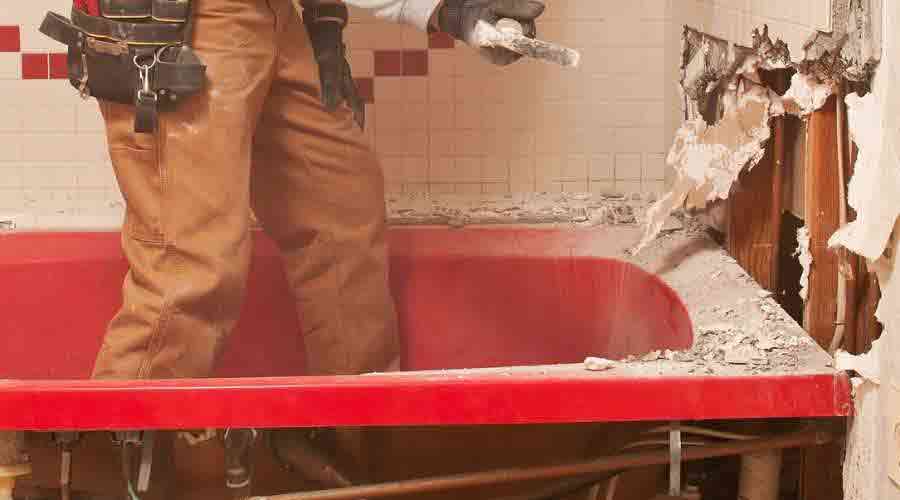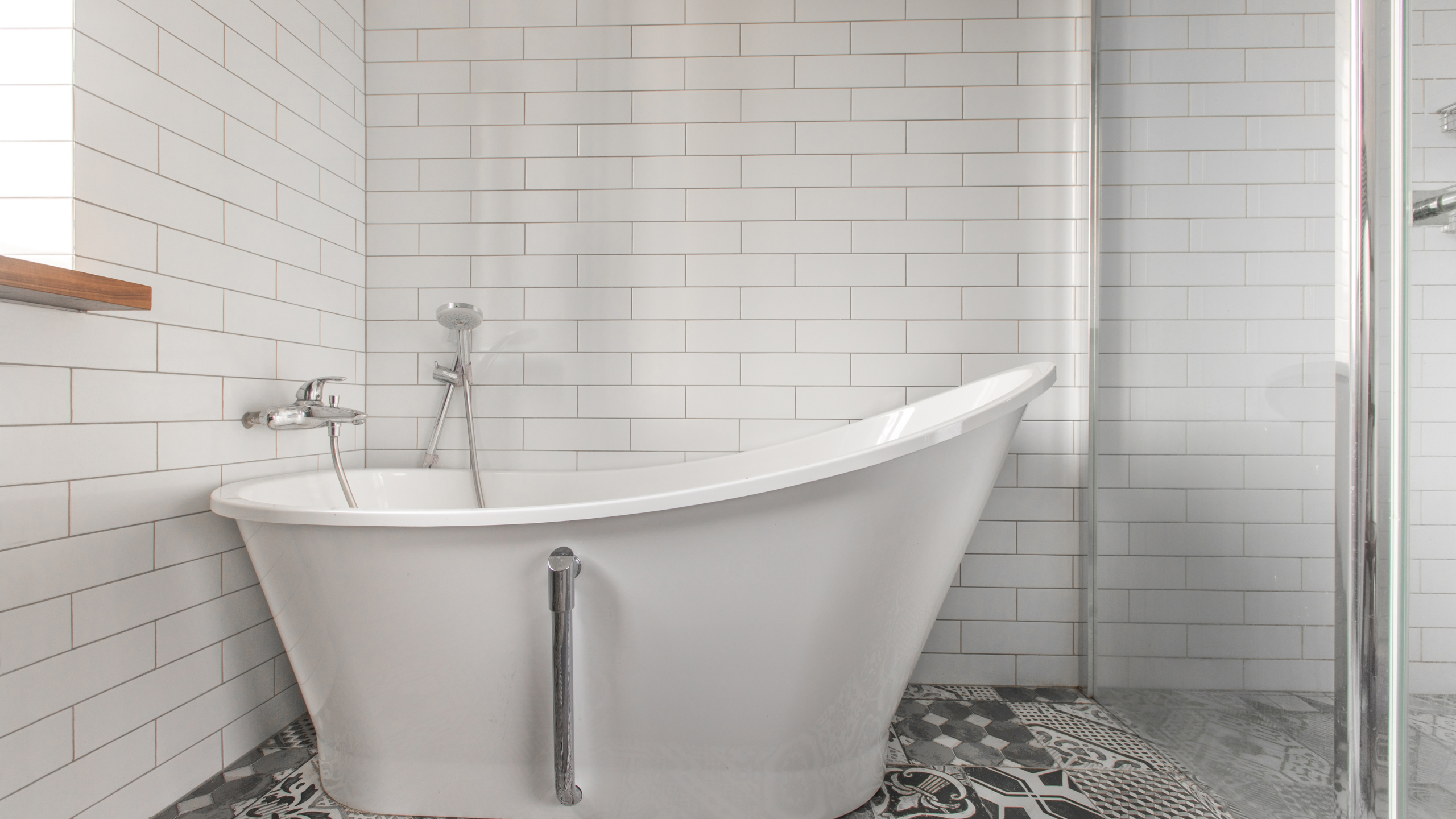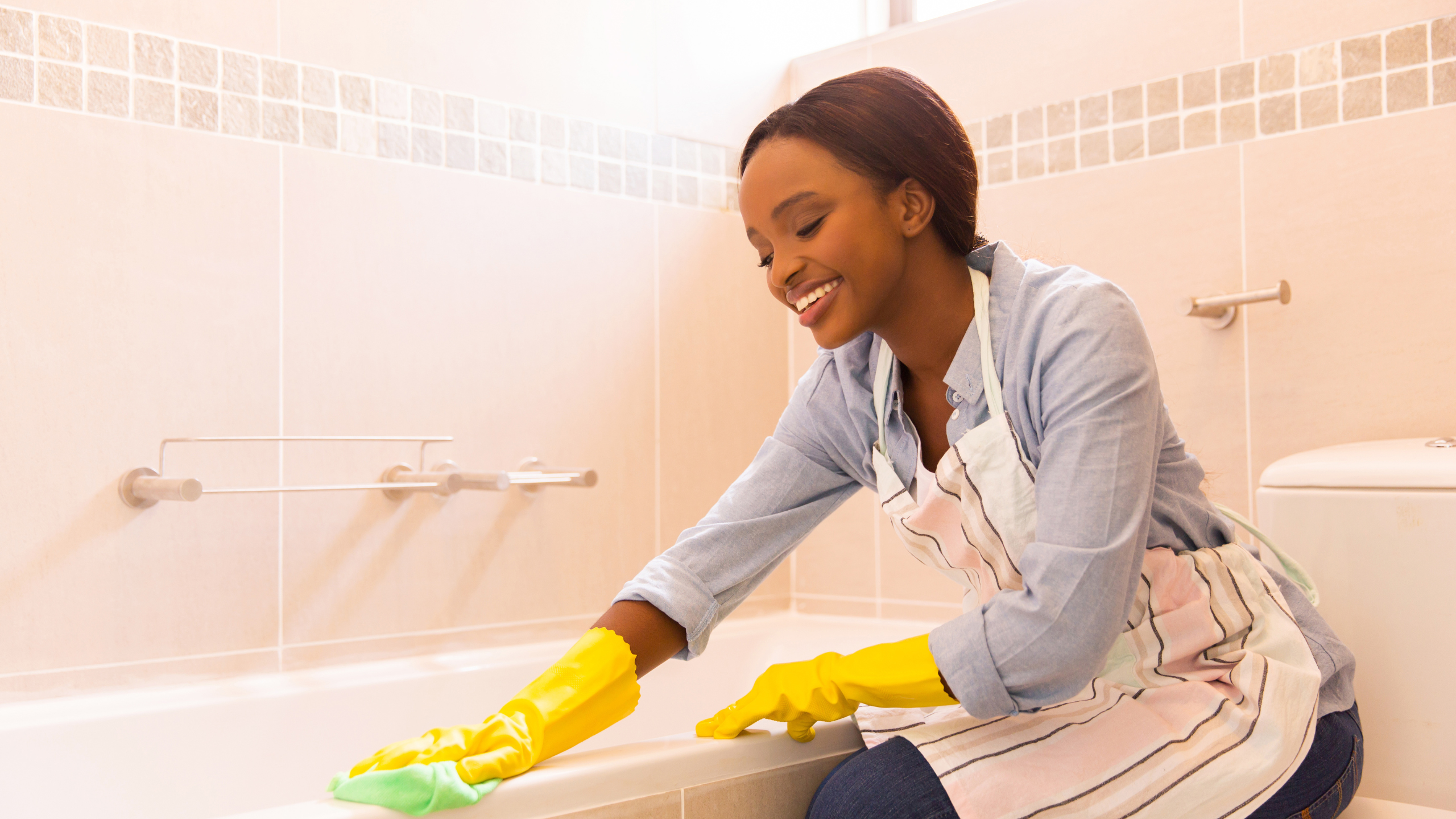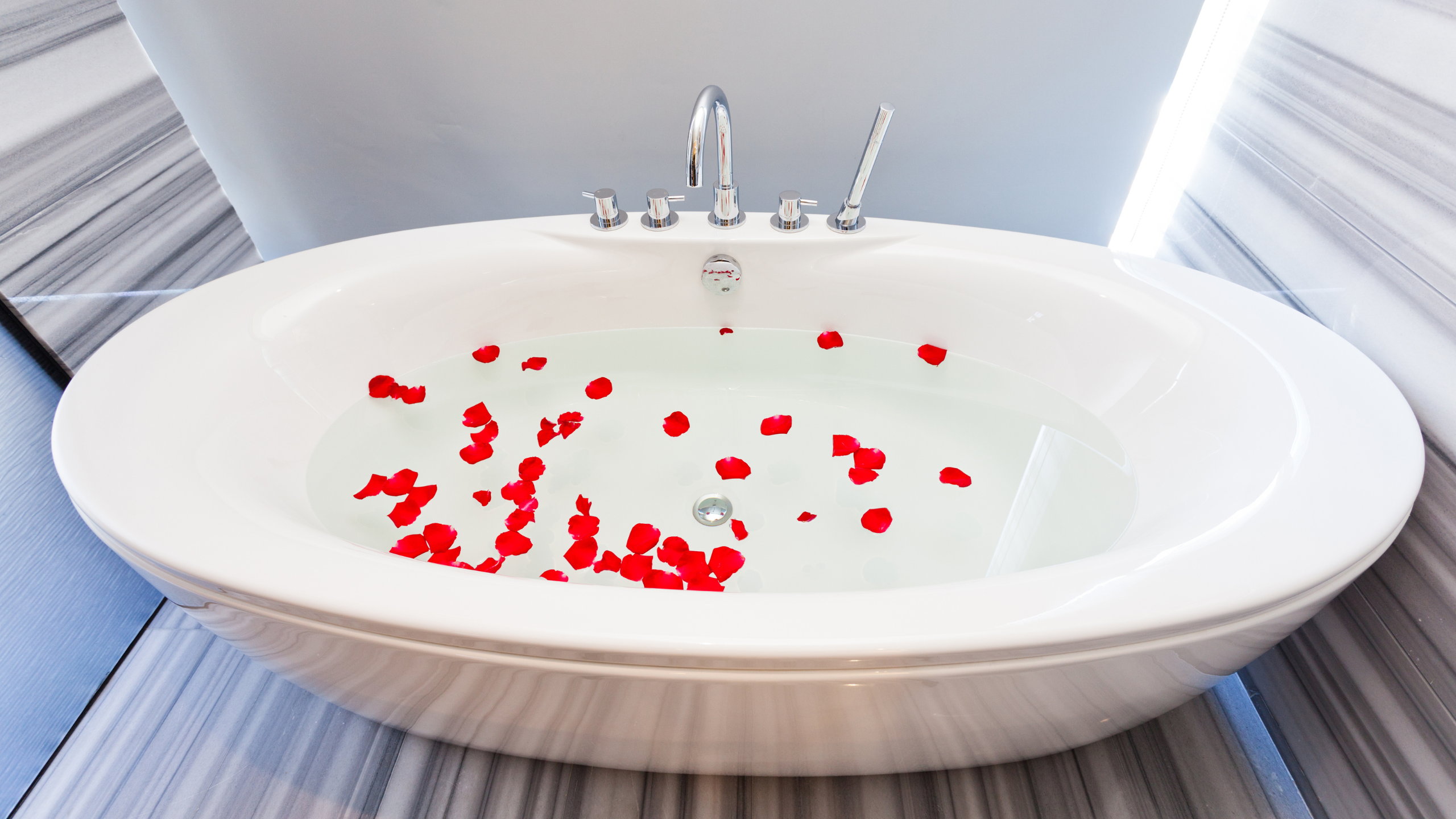The bathroom is one of the most used rooms in your home. It is not uncommon for homeowners to consider refinishing their bathtub as a quick and easy way to update the look of their space. However, this isn’t always the best decision there are many common mistakes that people make when they DIY bathtub refinishing projects on their own. In this blog post, we’ll list some common mistakes so you can avoid them!
Don't Use a Paint Roller to Apply the Finish
Don’t use a paint roller on your bathtub refinishing project! Painting with a brush is not always easy, but it’s definitely worth the effort. You’ll get a much smoother and more professional result that way. Not only will a paintbrush help you avoid some of these common mistakes, but using one also helps prevent bubbles from forming in the sealant while it dries.
It can also give you an even coat without leaving any parts untouched by-product or primer/sealer either because there are areas where it gets hard to reach with a low profile roller or because corners would be impossible for example when doing edging around tiles. Using small and medium-size rollers with a short nap for applying the product will make it less likely to leave ridges and give you even coverage.
Be Careful When Using Chemicals Around Children & Pets
Using certain chemicals around children and pets is all too easy to do with bathtub refinishing projects, but it’s important to be careful. Make sure you are using the right equipment for your project so that accidental chemical exposure doesn’t happen. As a general rule of thumb, follow any instructions that come on the product label closely!
Be aware of what your kids are doing in the bathroom when working just because they’re not there at this moment does not mean they won’t walk through soon afterward or while you work without shoes (which can track dust easily).
Don't Use Paint Thinner as Fuel for Your Torch
Using paint thinner as their flame source instead of an acetylene or propane torch. Make sure to use the proper fuel for your project because paint thinner will not only create a dirty flame but it’s also very dangerous and toxic!
Don't Forget About Ventilation
During DIY bathtub refinishing projects, remember that you need to have good ventilation wherever you are working. This includes having open windows and doors if possible as well as other fans like an industrial fan pointed outside (but make sure there’s enough clearance so no one can walk through).
Not doing this is extremely dangerous and creates health risks such as respiratory issues from inhaling fumes created by whatever chemical product(s) you’re using in addition to creating vapors that don’t dissipate easily. These chemicals may be able to cause damage to the lungs, liver and kidneys.
Don't Reface Fiberglass Bathtubs Without Checking for Leaks First
Fiberglass tubs are great because they’re easy to clean and maintain but there’s one thing you have to consider when refinishing something made from this material: it can be extremely difficult to tell if there’s any water damage behind the surface.
This is especially true of older models that may not have been installed as precisely or tightly as newer ones might have been which means even small amounts of moisture could seep through over time. To avoid accidentally having mold develop on your new finish after spending money on materials and hours spent on prep work, make sure you do a thorough inspection first.
Make sure everything around the tub is dry and that there aren’t any watermarks or puddles anywhere. You should also put a fan in the room when you work to make sure it’s properly aired out.
Use a Sealant to Protect Your Tub from Water Damage
When it comes to DIY bathtub refinishing projects, make sure you use a sealant on the tub when you’re finished. The sealer will protect the new finish from water and other chemicals that may be in your bathroom like shampoo or toothpaste which can eat away at surfaces over time if not protected by an additional layer of something like paint.
Don't Assume that All Surfaces Are Compatible With Epoxy
Not all types of material are ideal for applying an epoxy coating so remember this before getting started on your project! Acrylic and fiberglass should work fine but raw stone such as marble or granite could get damaged under high heat while some metals might corrode after being exposed to moisture (this includes copper).
Apply 2 Coats of Polyurethane for Best Results
When it comes to DIY bathtub refinishing projects, remember that you should not be applying just one coat of polyurethane. Two coats are ideal for the best results because they will help protect against things like water damage and corrosion which can cause your finish to flake off over time if left untreated.
Double Check Measurements for Painting Walls
One common mistake people make during DIY bathroom remodeling is forgetting about checking their measurements first! This may seem obvious but a lot of people think they know what size paint brush or roller they need without measuring out the area beforehand so make sure this gets done prior to starting on any new project in order to avoid wasting money on materials by having them exposed after only realizing too late that something doesn’t fit properly.
Use the Right Tools for the Job
To ensure your DIY bathtub refinishing project goes smoothly, remember to use all of the necessary tools before starting. You will need a paintbrush (preferably two one smaller than you might think because it’s easier to control), roller, gloves and mask if applicable depending on what materials you’re using in addition to any other specific products that were recommended by professionals which should be included with whatever kit or product set you bought.
It helps also to do some research beforehand so you know how much time is needed as well as whether more detailed instructions are required like priming first etc. This way nothing is left out of completing this step successfully!
Don't Forget About Safety Precautions When Painting
If you’re working with hazardous chemicals like paints or solvents, make sure to take the proper safety precautions before getting started! This means wearing gloves and a mask if necessary as well as making sure there’s plenty of ventilation in the room.
If you need more light for your project, consider using lights that are designed not to get hot but some people also recommend putting on steel toe shoes because even though they can be heavy it will feel worth it when trying to avoid an accident during the process.
Don't Paint Over Rust Spots
One common mistake some DIYers make is attempting to cover up small rust areas without removing them first! When painting walls this isn’t normally much of an issue since most types of wall finishes aren’t sensitive to this problem but when it comes to bathtub refinishing, you have less room for error so make sure the rust is properly removed in order to avoid damaging your paint job.
Protect Your Flooring While Doing a Project
If you’re refinishing your bathtub and the surrounding area, protect it by using drop cloths or tarps to make sure nothing gets damaged. This is especially important if your flooring isn’t waterproof like hardwood which can easily get ruined when exposed to even a small amount of water so don’t leave it unprotected!
Don't Skimp on DIY Project Materials
When working with hardcore chemicals such as epoxy coating products that could ruin surfaces over time if applied incorrectly, remember not to cut corners in order to save money! It’s better advised just to purchase the recommended supplies which will come complete with instructions than trying something new because this might result in additional damage down the line.
Use Bleach on Moldy Grout Lines Before Applying Sealants
If you’re painting over old grout lines, make sure the mold is properly removed first by using bleach or another type of disinfectant before attempting to paint it. If not properly treated, this can lead to discoloration and an unpleasant smell so be thorough about making sure all surfaces are clean!
Dry Sealants Before Using the Shower
When applying epoxy paints or other similar products that need time to cure , remember not only will they take longer than regular paint but also that you should avoid getting them too wet at least until after 24 hours have passed since the application. This means if you need to take a shower, wait at least one day before getting started so the material has time to dry completely.
Don't Use Coarse Sponges/Abrasive Cleaners While Refinishing Your Tub
One of the most important things about DIYing around the home is using materials that won’t damage surfaces and since bathroom renovations tend to be particularly delicate because water can easily cause problems with all types of products including paints and sealants, it’s especially vital this tip is taken into consideration!
By avoiding coarser sponges as well as cleaning supplies made for tougher jobs like oven cleaner which could eat away at some finishes over time, you should have no problem completing this step successfully without any complications.
Wipe Excess Water With Cloth Before Painting Over Each Section
When it comes to bathtub refinishing, you don’t want any paint getting on the surrounding surfaces so remember this step especially when using epoxy sealers which can be more difficult than regular paints and require a bit of extra care.
Wiping away excess water that could accumulate at the bottom or sides is one way to avoid having problems with drips but if there are other areas where too much moisture accumulates such as around faucets, make sure they’re also dried up before moving onto the next section!
Don't Go Overboard With DIY Home Projects
It’s important not to overdo it because even though these tips might seem simple enough in theory unless followed properly, chances are you’ll end up causing some damage that could have otherwise been avoided. DIYing around the home is a great way to save money and express your creativity but it’s important not to take on too many projects at once because this can lead to accidents!
Conclusion
If you have a bathtub that is in need of some TLC, then refinishing it yourself could be the perfect solution for you. Bathtubs can take years to wear down and become dull and discolored.
Refinishing your tub will give it a brand new look without having to buy an entirely new one. It’s also much cheaper than hiring someone else to do the work for you. However, it’s important to do your research and apply these refinishing techniques correctly. Otherwise, you could end up with a bathtub that looks even worse than before!




